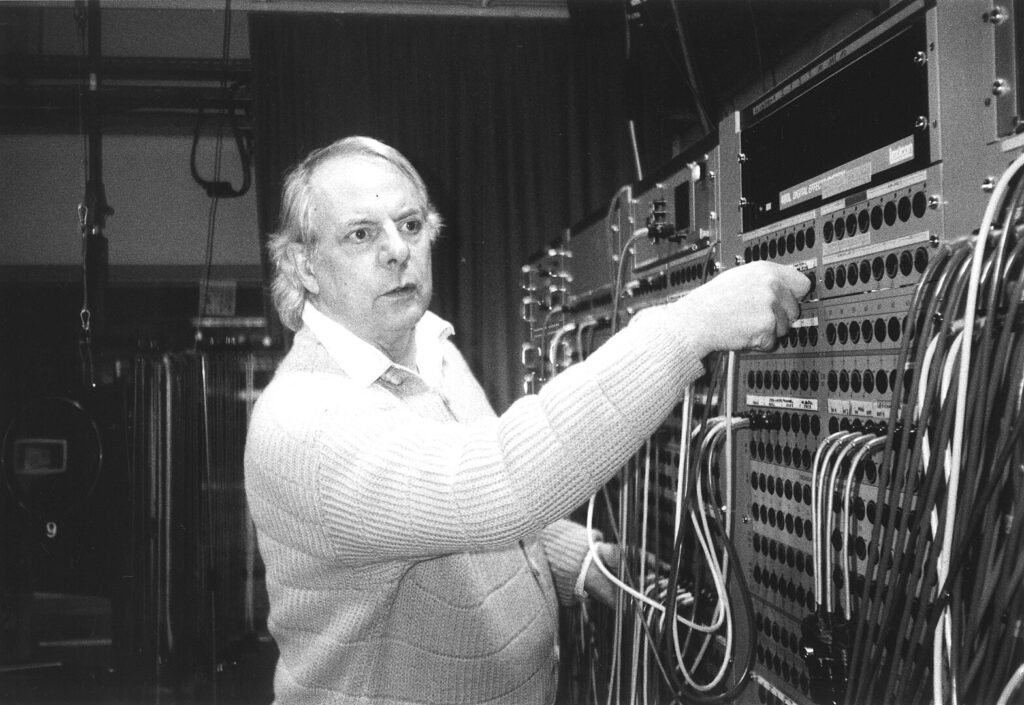
"Karl­heinz Stock­hausen appears, among many oth­er cul­tur­al fig­ures, on the cov­er of Sgt. Pep­per's Lone­ly Hearts Club Band. His inclu­sion was more than a trendy ges­ture toward the Euro­pean avant-garde; any­one who knows that path­break­ing elec­tron­ic com­poser's work will notice its influ­ence on the album at first lis­ten."
"Lit­er­al­ly "Song of the Youths," Gesang der Jünglinge was an ear­ly work for Stock­hausen, who com­posed it in 1954, when he was still a PhD stu­dent in com­mu­ni­ca­tions at the Uni­ver­si­ty of Bonn. Inspired by not just his tech­no­log­i­cal inter­ests but also his devout Catholi­cism, he decid­ed to cre­ate a mass for elec­tron­ic sounds and voic­es, with the intent to debut it at Cologne Cathe­dral."
Karlheinz Stockhausen appears on the cover of Sgt. Pepper's Lonely Hearts Club Band and his compositional techniques influenced the album's electronic experimentation. Paul McCartney believed adopting alter egos enabled the Beatles to expand culturally and intellectually, incorporating pastiches of Ravi Shankar, B. B. King, Albert Ayler, the Doors, the Beach Boys, and Stockhausen; Gesang der Jünglinge had already inspired "Tomorrow Never Knows" on Revolver. Gesang der Jünglinge was composed in 1954 while Stockhausen was a PhD student at the University of Bonn, conceived as a mass for electronic sounds and voices intended for Cologne Cathedral and drawing words from an Old Testament passage.
Read at Open Culture
Unable to calculate read time
Collection
[
|
...
]